- Joined
- Jun 7, 2006
- Posts
- 11,801
- Qantas
- LT Gold
Is there any gold fossicking going on in this area ?
I’m sure there is, but to what extent I do not know.
Is there any gold fossicking going on in this area ?
Thanks for the trip report. The Goldfields has some amazing places to visit, especially if you read a few of the stories behind the "settlements". The cemetry in Menzies is interesting as there were a lot of typoid deaths there. Awful seeing the young children's graves.
You will love Fitzgerald National Park, the vegetation is incredible, so different. Hope you get to Esperance as well, best beaches in the world!
Remember going to Norseman pool in the mid-70s!We lived in Norseman 3 years in the mid 70's then spent 33years in Esperance. Probably came across your family. Still go bush whenever we can, frustrating at the moment!
AFF Supporters can remove this and all advertisements
We lived in Norseman 3 years in the mid 70's then spent 33years in Esperance. Probably came across your family. Still go bush whenever we can, frustrating at the moment!
Any feedback on the Everest, @JohnM ?
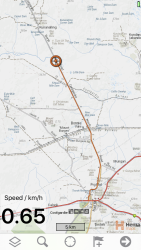
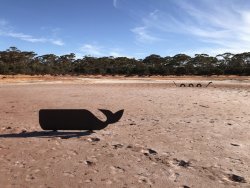
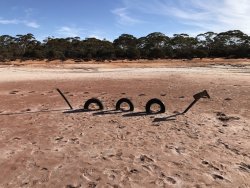
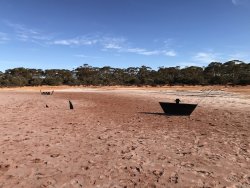
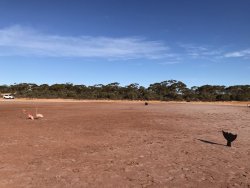
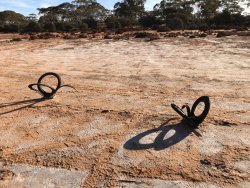
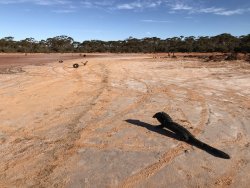
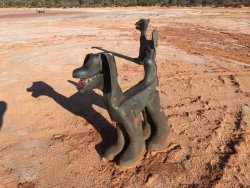
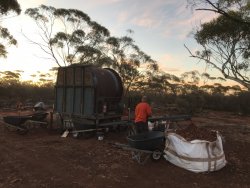
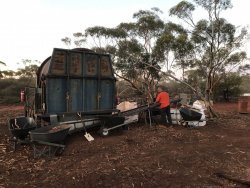
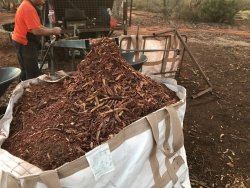
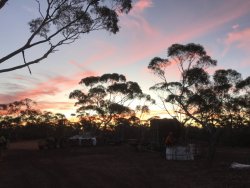
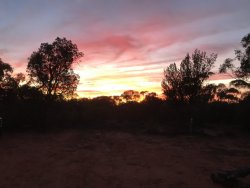
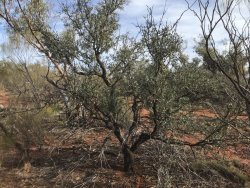
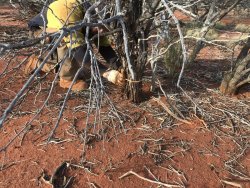
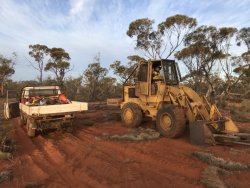
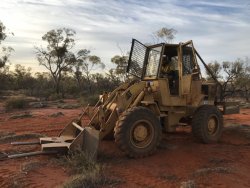
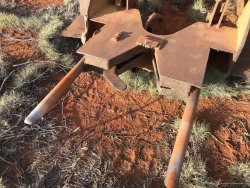
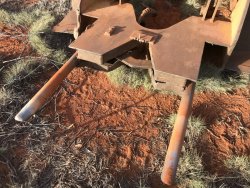
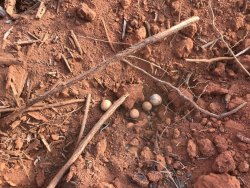
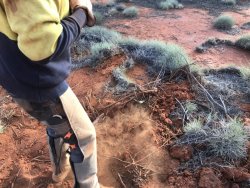
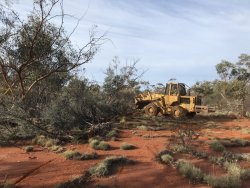
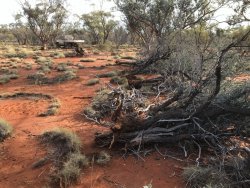
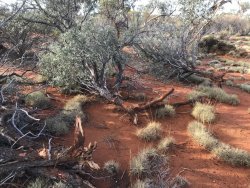
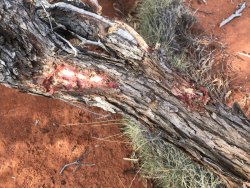
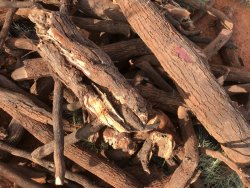
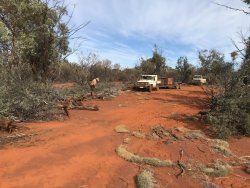
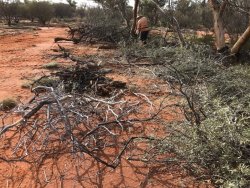
That's all very interesting John. I wonder who worked out what to use the trees for - are they an indigenous species? What do you do with the waste product from the tumbler? If you burnt it for your nightly camprife I imagine it would smell glorious!

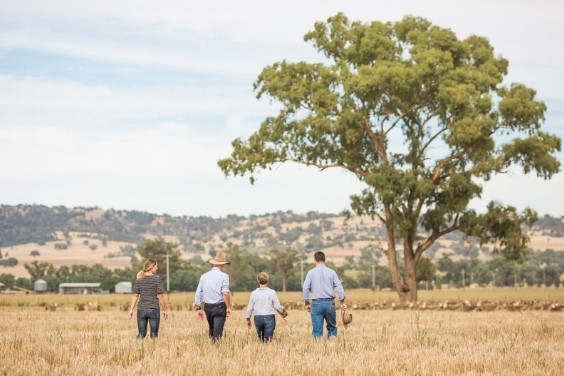

Thank youIt's a native species, Santalum spicatum. When you take in its glorious aroma, it's easy to see how a use was worked out for it. The bark waste from the tumbler has no value and no smell - the oil is in the wood.
Burning the wood, such as in a campfire, is expressly forbidden by FPC. (As I said, the industry is both very tightly regulated and very tightly specified to ensure every available gram is recovered. Wastage is anathema.) The waste bark fragments are useful to spread on the ground around the camp and work areas to suppress dust.
Th industry was a massive export earner for WA in the early 20th century.
There's plenty of interesting information (some of these links I posted earlier):
Western Australian sandalwood
Western Australian sandalwood is an important part of the State’s forestry strategy, supplying high-value products and contributing to the growth and development of regional communities.www.fpc.wa.gov.au

Santalum spicatum - Wikipedia
en.wikipedia.org

AgriFutures: Growing prosperity for rural industries.
AgriFutures Australia is an organisation that proudly focuses on growing the long-term prosperity of Australian rural industries.www.agrifutures.com.au

The Sandalwood Shop - Australian Sandalwood for Sale
Explore the distinctive range of health, beauty & well-being retail products and experience the true spirit of sandalwood. A uniquely Australian brand.www.mtromance.com.au
There are also plantations (notably at Kununurra), but they are Indian sandalwood, a different species (S. album): Sandalwood - Wikipedia

